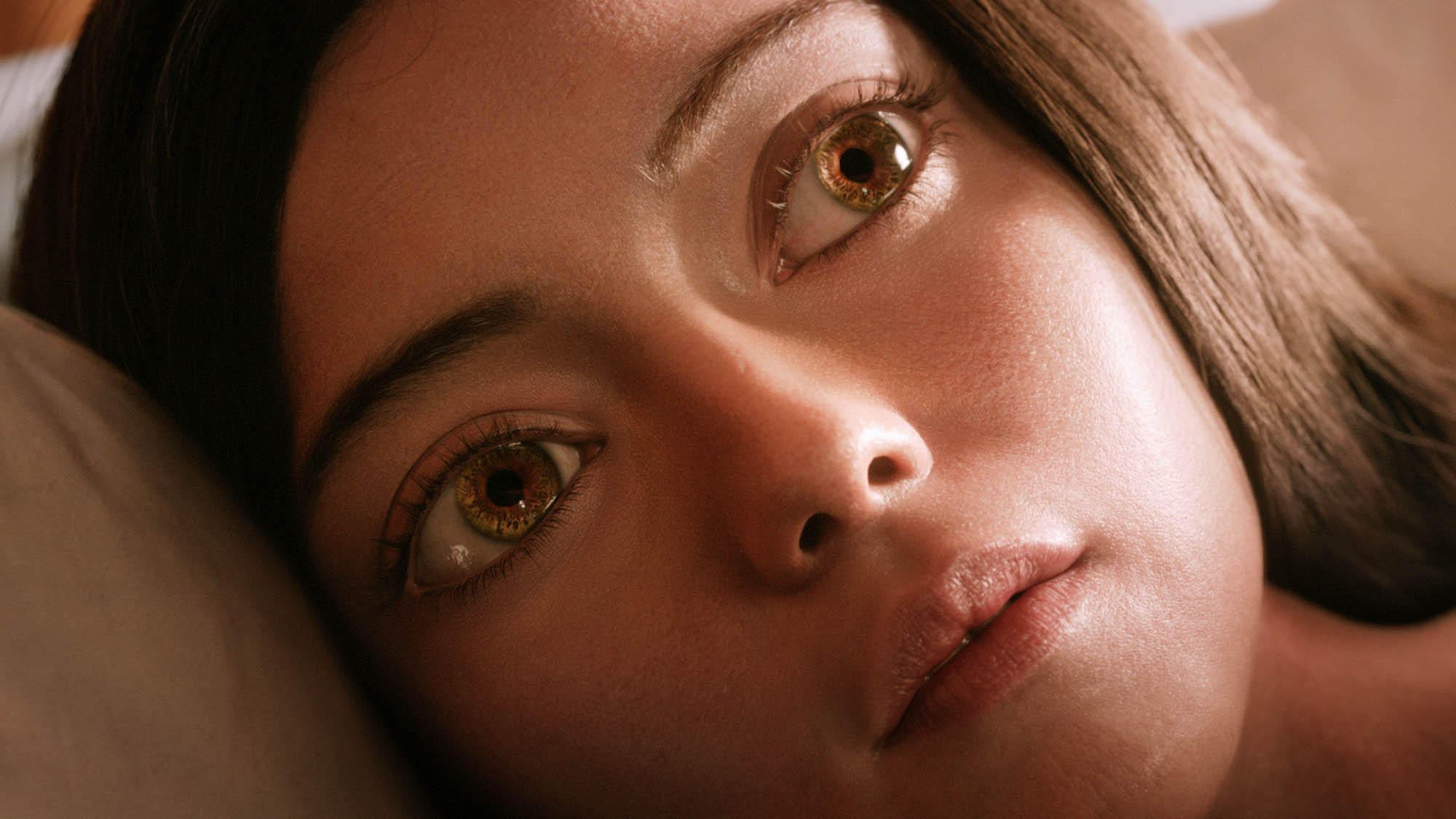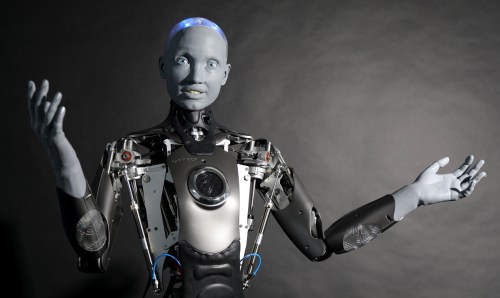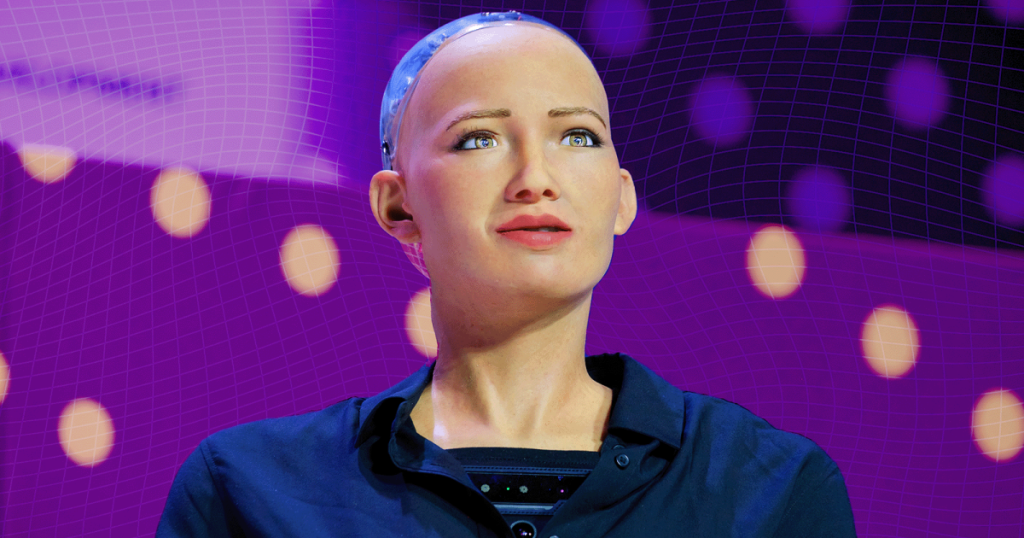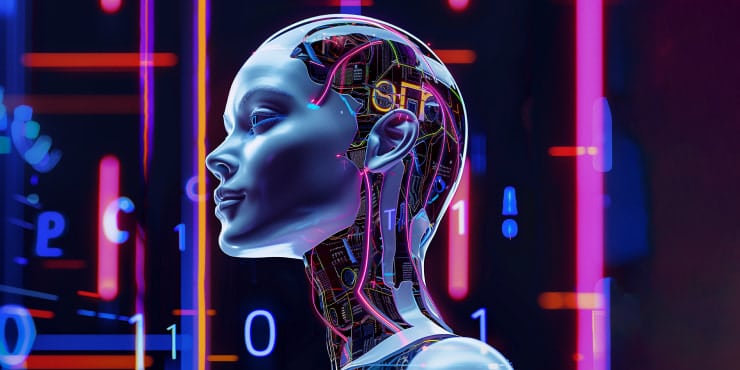Have you ever felt a sense of unease when encountering a lifelike robot or a computer-generated character that almost looks human? If so, you have experienced the Uncanny Valley. This concept, coined by robotics professor Masahiro Mori in 1970, refers to the unsettling feeling we experience when faced with entities that are almost, but not quite, human-like. In this blog, we will explore the origins and definition of the Uncanny Valley phenomenon, delve into why it evokes such a strong emotional response, examine its portrayal in popular culture, and discuss the ethical implications it raises in the fields of robotics and artificial intelligence. So, let’s embark on this fascinating journey and uncover the mysteries of the Uncanny Valley together.
The Origins and Definition of the Valley Phenomenon
The uncanny valley is a concept that explores the relationship between an object’s resemblance to a human being and the emotional response it elicits. Commonly observed in robotics, 3D computer animations, and lifelike dolls, the uncanny valley hypothesis suggests that an entity that appears almost human can evoke cold, eerie feelings in viewers.

The term “uncanny valley” was first introduced by robotics professor Masahiro Mori in 1970. It was popularized through the translation of Mori’s concept in Jasia Reichardt’s book in 1978. However, this translation unintentionally linked the concept to Ernst Jentsch’s psychoanalytic concept of the uncanny and Sigmund Freud’s essay “The Uncanny.”
With the increasing prevalence of digital technologies such as virtual reality, augmented reality, and photorealistic computer animation, discussions and citations of the uncanny valley phenomenon have become more prominent. This has added to the verisimilitude of the concept.
The uncanny valley can be amplified by movement, intensifying the emotional response. Understanding the origins and definition of the uncanny valley is crucial in fields such as robotics, animation, and design. It serves as a cautionary tale for designers and developers, highlighting the potential unintended consequences of creating humanlike objects.

Overall, the uncanny valley phenomenon provides insight into the unsettling feeling that can arise when encountering not-quite-human entities. It serves as a reminder to consider the viewer’s affinity towards realistic robots, androids, humanoid robots, and audio/visual simulations. From a neurological perspective, the uncanny valley sheds light on the “creep factor” that can be experienced when encountering entities that are almost indistinguishable from humans.
Exploring the Valley: Why Do We Feel Unsettled by Almost-Human Entities?
The concept of the uncanny valley refers to the unsettling feeling we experience when faced with entities that are almost human, but not quite. This phenomenon has been observed in various forms of media, including films, video games, and robotics.
Examples of almost-human entities that evoke this feeling include zombies, androids, corpses, and even creepy clowns. These entities often elicit a cold, eerie feeling due to their close resemblance to humans, yet with distinct differences that make them unsettling.

The uncanny valley was first described by Japanese roboticist Masahiro Mori in 1970 as a cautionary tale to roboticists, warning them not to create robots that are too human-like. Since then, the concept has influenced the development of robots, dolls, and prosthetic limbs, as designers strive to find the right balance between human-like characteristics and distinct differences.
However, the existence and reasons behind the uncanny valley are still subjects of debate among researchers. Some argue that it is a neurological perspective, suggesting that our brains are wired to detect and be wary of entities that are almost indistinguishable from humans. Others question whether the phenomenon actually exists, as there is no consensus on the specific triggers or mechanisms that cause the unsettling feeling.
Regardless of the debate, understanding the uncanny valley has practical implications for creators and designers. It highlights the importance of finding the right balance between human likeness and distinct differences to avoid triggering unsettling feelings in audiences. This knowledge can inform decisions in fields such as animation, special effects, and human-robot interaction, helping creators create engaging and relatable entities without crossing into the uncanny valley.
Related Posts
The Valley in Pop Culture: How the Phenomenon is Portrayed in Film and Literature
The concept of the Valley, which refers to the discomfort or unease that people feel when encountering something that is almost, but not quite, human-like, has not only made its mark in robotics but has also found its way into various forms of pop culture, including film and literature.
In film, the Valley has been depicted in many ways, often used as a plot device or to create a sense of unease or horror. For example, characters like the T-800 in “The Terminator” and the replicants in “Blade Runner” exhibit characteristics that fall into the Valley, with their human-like appearance but subtle differences that evoke an unsettling feeling.
Literature has also explored the Valley, as seen in Mary Shelley’s “Frankenstein,” where the monster created by Victor Frankenstein is described as almost human-like but with enough differences to create a sense of unease and fear.
The portrayal of the Valley in pop culture raises questions about what it means to be human and the ethics of creating or interacting with human-like beings. It reflects society’s fears and anxieties about the blurring lines between humans and machines, and serves as a cautionary tale about the potential dangers of advancing technology and the unintended consequences of creating beings that are too close to human-like.
Overall, the portrayal of the Valley in pop culture provides a fascinating exploration of the human psyche and our relationship with technology. It taps into our innate discomfort with entities that are almost indistinguishable from humans, reminding us of the delicate balance between fascination and unease when confronted with the uncanny.
The Valley and its Implications: Ethical Considerations in Robotics and AI
The perception of robots and AI plays a significant role in how humans judge their behaviors and moral decisions. This concept is often referred to as the “uncanny valley,” which describes the discomfort people feel when robots or AI resemble humans too closely but still have noticeable differences.

A notable example of this is seen in the movie I, Robot, where detective Del Spooner initially attacks a robot that he perceives as a threat. In reality, the robot was returning a purse containing important medication to its owner. Spooner’s traumatic past experiences with robots influenced his perception and moral judgment, highlighting the impact of perception on our interactions with AI.
As AI development progresses at a rapid pace, non-human entities are making autonomous decisions on a wide range of issues that have tangible moral consequences for humans. Recent research has focused on people’s moral sentiments regarding algorithm-based decisions, sex robots, autonomous vehicles, and mind upload technology. These studies provide insights into how people feel about the outcomes of moral decisions made by non-human entities and their implications for human well-being.
However, there is still a significant gap in our knowledge regarding how the appearance of AI decision-makers shapes these moral evaluations. As the relationship between humans and robots becomes more intimate, understanding this aspect is crucial.
To address this gap, the current paper presents two experiments that examine how people evaluate identical moral choices made by humans compared to robots with varying levels of uncanniness. By studying the impact of appearance on moral evaluations, these experiments aim to shed light on the ethical considerations surrounding robotics and AI.
In Summary
Through our deep dive into the Valley phenomenon, we have gained a deeper understanding of why we feel unsettled by almost-human entities. From the origins and definition of the concept to its portrayal in popular culture, we have explored the various factors that contribute to this intriguing phenomenon. Moreover, we have discussed the ethical considerations that arise in the fields of robotics and artificial intelligence, as the Valley challenges our perception of what it means to be human. As technology continues to advance, it becomes increasingly important to navigate the Valley and strike a balance between creating realistic entities and preserving our comfort and trust. By continuing to explore and research this phenomenon, we can ensure that future advancements in robotics and AI are met with thoughtful consideration and ethical implications in mind.

















